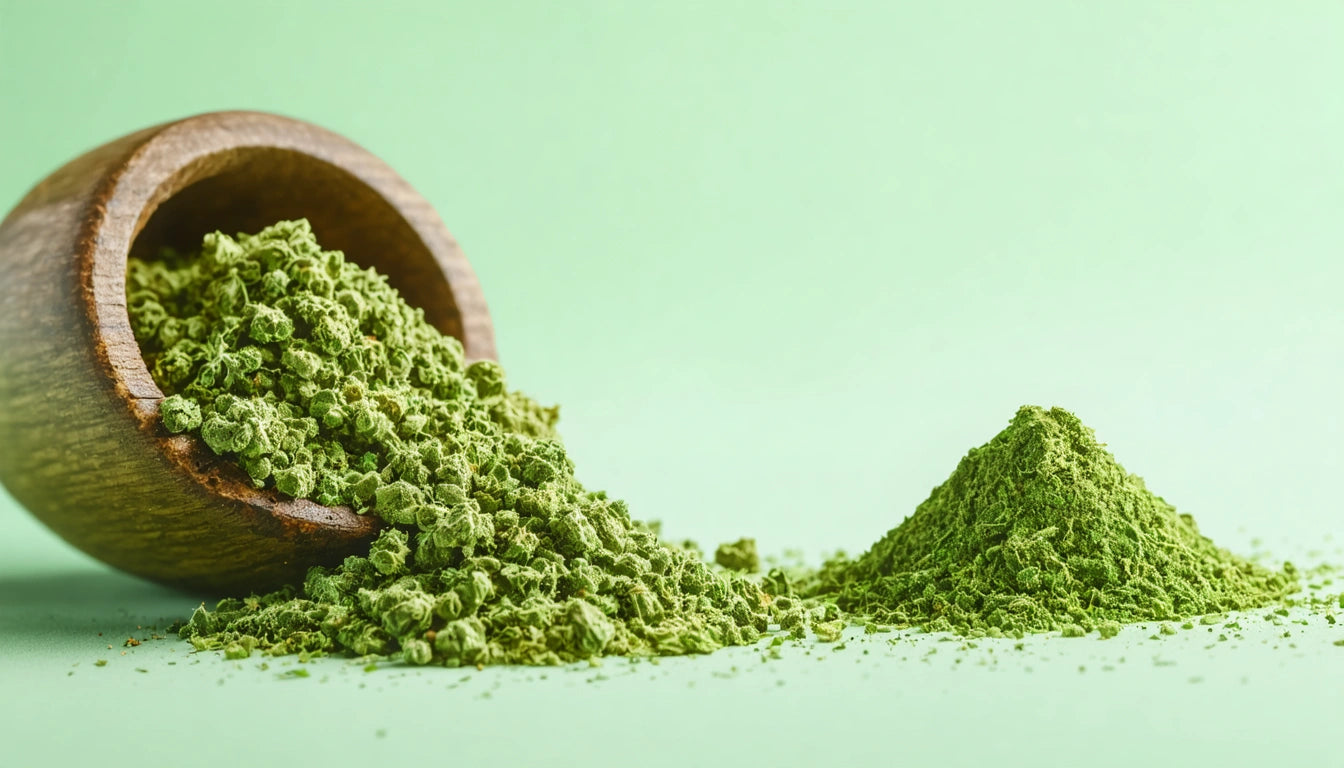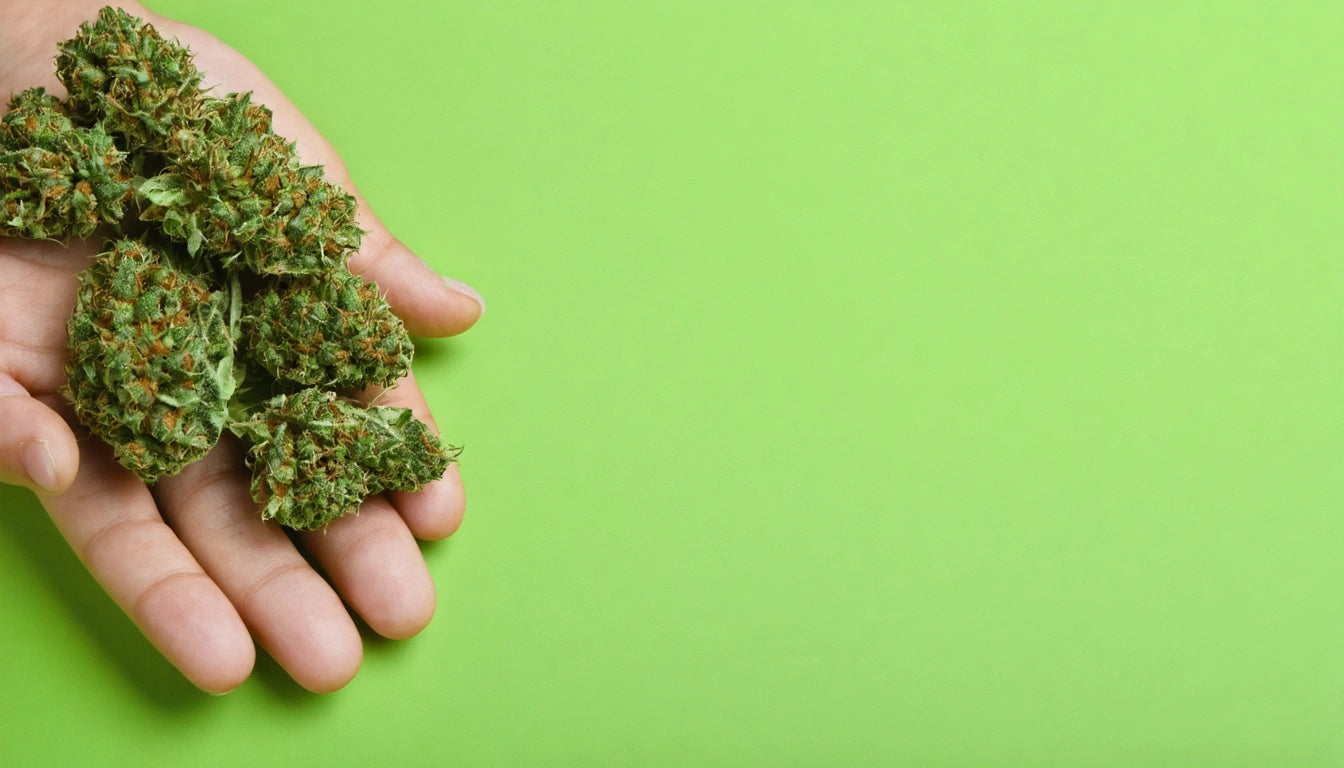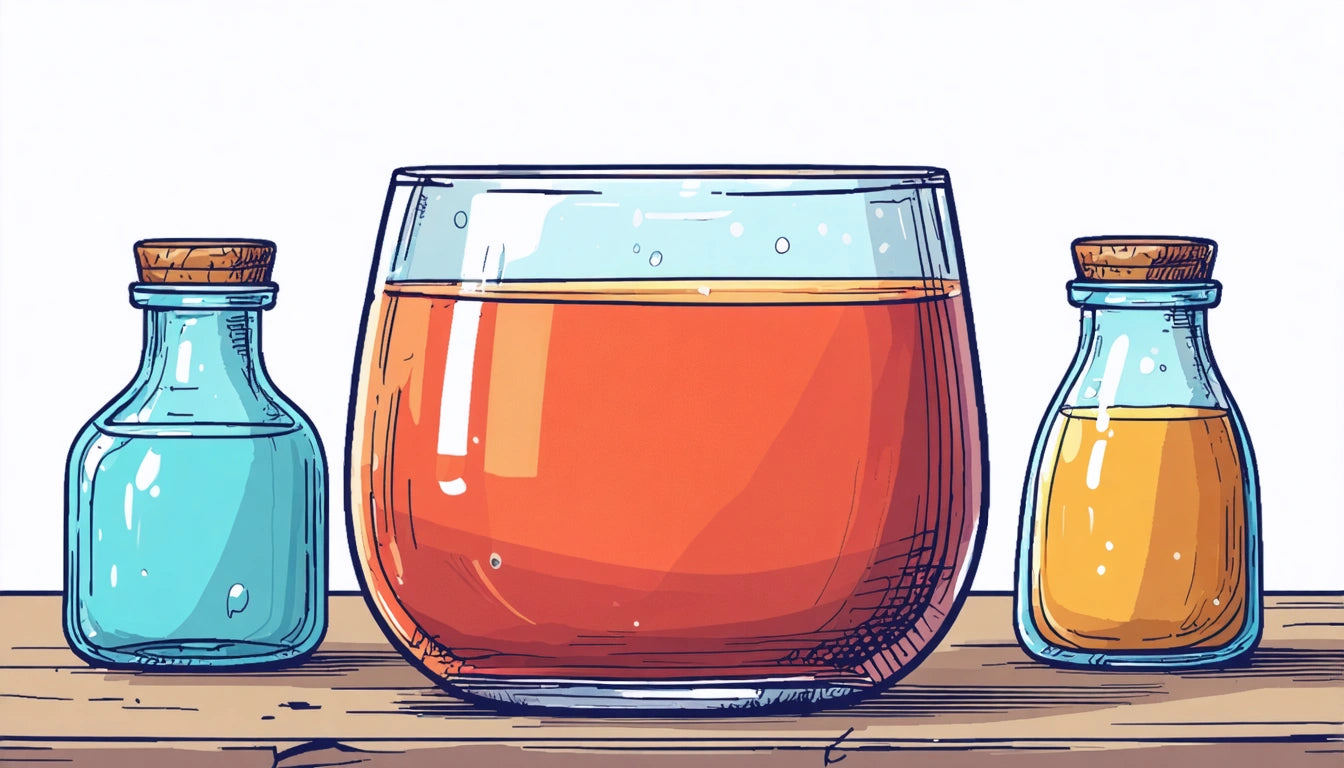Table of Contents
- What is Kief? Understanding the Basics
- Collecting Kief: Methods and Tools
- Potency and Composition: Kief vs. Regular Cannabis
- Consumption Methods: How to Use Kief
- From Kief to Hash: Processing Techniques
- Storage Best Practices for Maximum Potency
- Maximizing Your Kief Experience: Tips for Cannabis Enthusiasts
Understanding Kief: What It Is and How to Use It in Cannabis Consumption
Kief represents one of the most potent components of the cannabis plant, yet many consumers remain uncertain about what it is or how to use it effectively. This guide explores everything you need to know about what kief is in weed, its collection methods, and the various ways to incorporate it into your cannabis routine.
What is Kief? Understanding the Basics
Kief refers to the crystalline structures that coat cannabis flower, technically known as trichomes. These tiny resin glands contain the highest concentrations of cannabinoids and terpenes found in the plant. When separated from the plant material, this powder-like substance appears light tan to golden in color and feels sticky to the touch.
Often debated as "kief" versus "keef" in spelling, the term derives from the Arabic word "kif" or "keyf," meaning pleasure or intoxication. Regardless of spelling preference, weed kief represents the same potent cannabis component that enthusiasts prize for its concentrated effects.
Collecting Kief: Methods and Tools
There are several approaches to collecting kief from weed:
- Grinders with Kief Catchers: Multi-chamber grinders feature a fine mesh screen that separates kief as you grind, allowing it to collect in the bottom chamber.
- Silk Screening: Using various mesh sizes to sift and separate trichomes from plant material.
- Dry Ice Method: Utilizing dry ice to freeze trichomes, making them brittle and easier to separate.
For precise collection and measurement, quality digital scales designed for cannabis products are essential tools that help ensure accurate dosing when working with this potent concentrate.
Quality Factors
The quality of kief from weed varies based on several factors, as detailed in this guide on kief appearance and measurement. Higher-quality kief contains minimal plant material and appears lighter in color with a more powdery consistency.
Potency and Composition: Kief vs. Regular Cannabis
What makes kief from weed special is its concentrated nature. While traditional cannabis flower typically contains 15-25% THC, kief can range from 50% to as high as 80% THC depending on quality and extraction method. This potency difference explains why many consumers seek methods to separate and collect kief.
Beyond THC, kief also contains concentrated terpenes, the aromatic compounds responsible for cannabis's distinctive flavors and some therapeutic effects. This combination creates what's known as the "entourage effect," potentially enhancing the overall experience compared to isolated cannabinoids.
Consumption Methods: How to Use Kief
Understanding what to do with kief from weed opens up numerous consumption possibilities:
Adding to Flower
The most common method involves "crowning" or "dusting" your bowl or joint with kief to boost potency. This comprehensive guide details techniques for smoking kief effectively, including proper layering to prevent wasteful burning.
Edible Infusion
Kief can be decarboxylated and added to cooking oils or butter. This process activates the THC, making it ideal for homemade edibles. The process requires heating the kief at approximately 220 °F (105 °C) for 25-45 minutes before incorporating it into recipes.
Pressing Into Hash
Transforming kief into hash creates a more stable product with unique characteristics. This step-by-step guide walks through various methods of converting kief to hash using heat and pressure.
From Kief to Hash: Processing Techniques
The transformation from kief to hash involves applying heat and pressure to change the trichome structure. Popular methods include:
- Hand Rolling: Using clean hands to apply gentle heat and pressure
- Pollen Press: A mechanical device specifically designed for compressing kief
- Hot Water Bottle Method: Using heated water in a sealed container to apply even pressure
This processing changes not only the physical form but also the chemical composition, often resulting in a product with different effects than the original kief. The resulting hash typically has a darker color and more solid consistency than loose kief.
Storage Best Practices for Maximum Potency
Proper storage is crucial for maintaining kief potency. As outlined in this resource on kief quality concerns, exposure to heat, light, and oxygen can degrade cannabinoids and terpenes.
Recommended storage practices include:
- Using airtight glass containers
- Storing in cool, dark locations
- Minimizing exposure to air
- Considering refrigeration for long-term storage
With proper storage, kief can maintain its potency for several months, though it's generally best used within a few weeks of collection for optimal experience.
Maximizing Your Kief Experience: Tips for Cannabis Enthusiasts
When exploring what to do with weed kief, consider these practical recommendations:
- Start with small amounts when trying kief for the first time due to its high potency
- Experiment with different consumption methods to find your preference
- Consider investing in quality collection tools like multi-chamber grinders
- Learn to recognize high-quality kief by its light color and minimal plant material
For those looking to expand their knowledge, this guide on unlocking kief's potential provides additional insights into advanced techniques and applications.
Whether you're a casual consumer curious about what kief in weed is or an experienced enthusiast looking to refine your techniques, understanding this concentrated cannabis component can significantly enhance your consumption experience. With proper collection, storage, and usage methods, kief offers a versatile way to explore cannabis's full potential.











Leave a comment
All comments are moderated before being published.
This site is protected by hCaptcha and the hCaptcha Privacy Policy and Terms of Service apply.